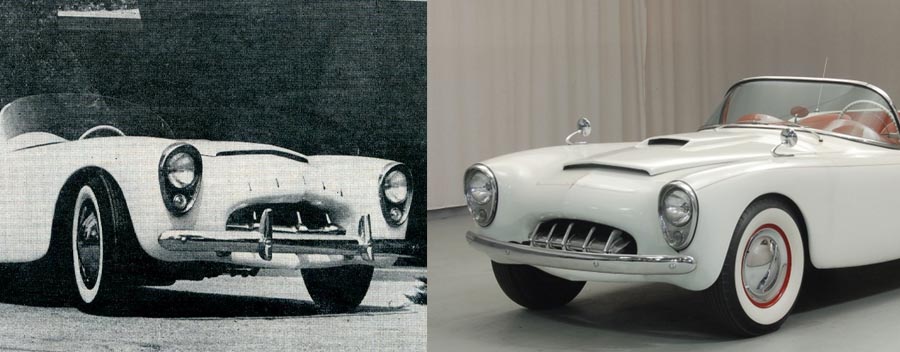
Hi Gang…
A Woodill Wildfire with Buick body modifications? Headlights, taillights and perhaps even more. And we’ve found several of these. How could they exist and what does it mean? Let’s dive into a bit of history with a recent question sent to us at Undiscovered Classics. As with most research questions, it’s best to start at the beginning.
The Research Begins
When you look at the early history of fiberglass sports cars in America, the path is far more complex and in many ways – exciting – than you might image. Recently I was contacted by Michael Rhodes, Automobile Portfolio Director of Evergreen Historic Automobiles in Lebanon, Missouri. Michael was asking for help researching one of the cars in their collection – a 1954 Woodill Wildfire that used Buick headlights, taillights and drivetrain. Check out the photos below.


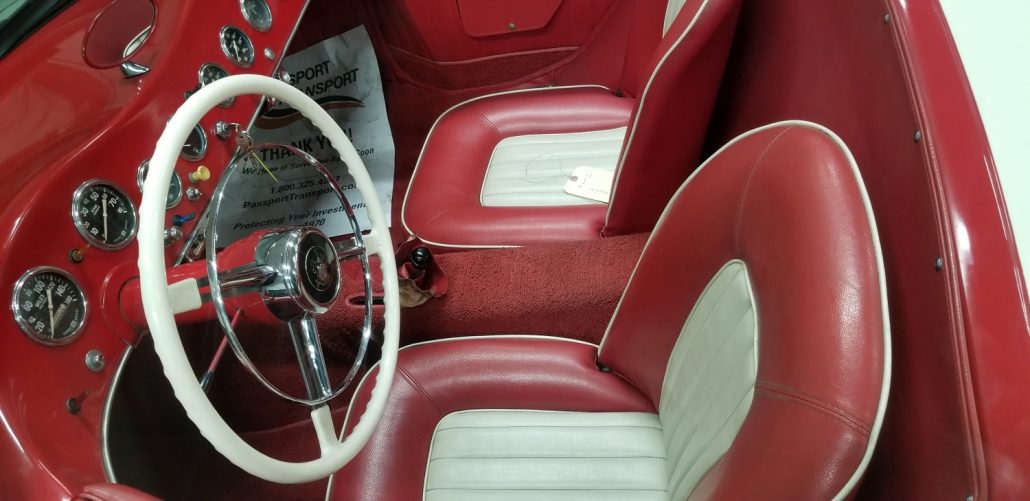
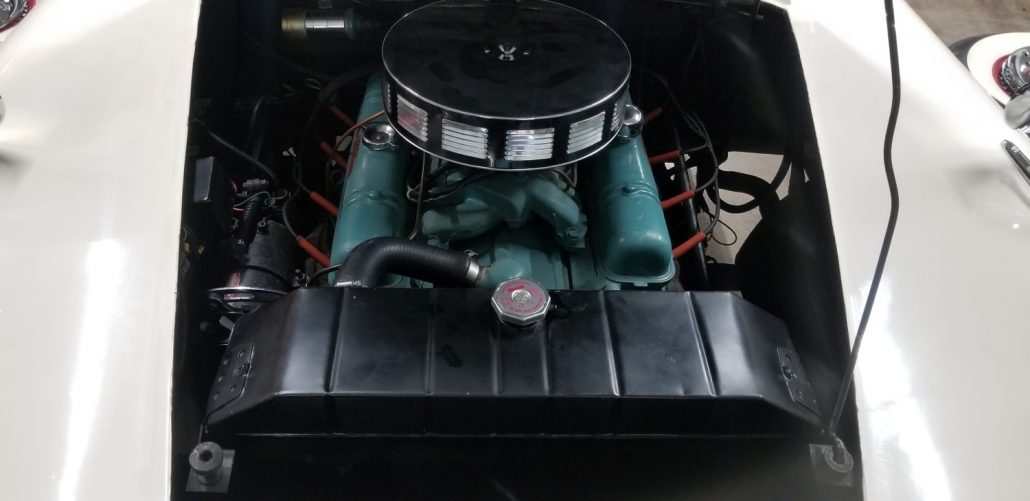 I had seen the car before when it was being marketed by Mark Hyman, and I was always impressed by its condition and its history. Michael’s request for help with research got the wheels in motion, and in order to understand the potential history of this Wildfire, it’s useful to dig a bit deeper and share some of what was happening with these American fiberglass specials back then.
I had seen the car before when it was being marketed by Mark Hyman, and I was always impressed by its condition and its history. Michael’s request for help with research got the wheels in motion, and in order to understand the potential history of this Wildfire, it’s useful to dig a bit deeper and share some of what was happening with these American fiberglass specials back then.
Postwar Excitement About American Sports Cars
When Bill Tritt gained notoriety for producing one of the first fiberglass sports car in America, opportunities around this new market “niche” abounded. Tritt was called upon by Harley Earl of GM note to consult in some aspects of the production of fiberglass car bodies, and below is a photo of Bill Tritt (center) talking to Automotive writers during one of these Detroit visits about his fiberglass sports car. Exciting times for those involved indeed!
But it wasn’t just Detroit that was interested. Other companies looked at using the Glasspar bodies to create their own line of sports cars. Some using the body exactly as built and others with modifications. Some of these companies included Paul Strassberger and the “Yankee Clipper,” Gerald Banning and the electric Mota and Ferro Corporation and “Fiberflash” to name just a few. Tritt also had ongoing conversations to produce a fiberglass sports car with Studebaker (Glasspar Ascot was planned to be the Studebaker offering) and Healey (mostly automobile parts). See photos below.
Automobile Dealers and Glasspar G2 Sports Cars
Automobile Dealers also promoted and built their own Glasspar G2 sports cars. Some built more than one, as you’ll see below.
Click here to learn more about Glasspar G2’s built with or by Dealers
And several Glasspars were built with Nash grilles – perhaps initially intended for Nash dealers such as the one shown below built by Mike Ricker who owned a Nash Dealership in Whittier, California.
Woodill Wildfire and Dealer Involvement
The Woodill Wildfire has a similar legacy as Glasspar. The Wildfire was designed and built by Bill Tritt of Glasspar for B.R. “Woody” Woodill of Downey, California who was a Dodge/Willys dealer. Initially in 1952, Woody used a modified Glasspar body and Shorty Post frame with Willys mechanicals to create a proposal for Willys to adopt as their own sports car. See three photos of this car below.
When Kaiser and Willys merged and went with the Kaiser-Darrin as their sports car, Woodill switched gears and began to rollout the new Bill Tritt Wildfire design in 1953 as shown below. It went to to be used in movies such as the “Johnny Dark” released in 1954 and other movies too.
As with Glasspar, Woodill had a similar history and several dealers started to look at building their own Woodill Wildfire sports cars using the Wildfire body. One such dealer may have been a Buick dealer near Los Angeles in Compton, California. Let’s take a look at more detail on this car.
The Wildfire Buick – Compton, California
The first Woodill Wildfire we’ve found in vintage magazines that was modified with Buick parts was featured in a two-page article that appeared Motor Life Magazine in October, 1954. A teaser photo of it appeared one month earlier in the magazine, and appears below.
The full article with more photos can be seen with a discussion of the Wildfire on our website.
Click here to review this article
To make it easier, let’s take a look at the seven captioned photos that appeared in the article. And by the way, I love the first image – a drawing of the same Wildfire. Very cool.
It’s worth taking the time to read each of the captions on the photos above – especially the last photo caption which shares that the “car turned 95 mph at Santa Ana drags recently.” That’s interesting because we have access to those race records and many of the photos. I bet with a bit more work we can find some photos and confirmation too
Research, Research, Research…
Confirming the identify of a car that exists now in 2019 to a car shown in 1954 requires a series of comparisons and confirmations. No doubt that many things can change over 60+ years so we always hope there is evidence (sometimes under the bodywork) of what was there to confirm original identities of cars. We’ve done this several times including the validation of both Woodill Wildfire sports cars that appeared in the Johnny Dark film. It’s never easy, but it’s always worth the effort.
On this car it looks like much has remained identical assuming the modern and vintage cars are one and the same. The dash has few modifications, the shifter is located exactly as in photo – even the seats and the door panels appear the same. I wish that was always the case to confirm, but it looks like this car has been kept in very nice condition all of its life.
From photos it appears that parts of the engine (valve covers) may have changed, but the radiator is still massive and still there. I always look for a “convergence” of data and in this case, many of the unique characteristics of this car are found in exact or near exact condition when compared to the vintage photos.
Who Is Jim Twombly?
In the previous article on this car, you’ll see that I assumed that Jim Twombly was the name of the Buick dealer in Compton, California. Well….a bit more research and I found the following information on an “ancestry” board. Click here to see this link/information. Here’s what the link says:
Did you know my uncle Jim Twombly of the Harry Clark Buick Agency?
He was born in Compton and was very active there for years….
So…the name of the Buick dealer in Compton was “Harry Clark Buick Agency.” Armed with this information we went thru some of the Wildfire records (I call these the Frank Cornell archive after our Woodill Wildfire leader who researched Woodill Wildfire sports cars for decades) and I found this:
- Frame Number: WW336
- Sold: 3/31/1953
- Sold To: Clark Buick, Compton
And while this helps to clear up some of the questions… it raises some questions too.
Summary:
So….much has been confirmed yet questions remain and research too. Such as:
- Drag racing records and confirmation from late 1953, 1954 and perhaps beyond. This would be fun to find.
- Was Clark Buick selling Buick Wildfires that they built or helping Bill Tritt work out changes needed to expand his product line that wanted to make Woodill Wildfires with Buick styling. Several Buick styled Wildfires have been found so this may be the case.
- Was Jim Twombly the owner of Clark Buick? Probably not but what was his position and did he work directly with Glasspar?
- The Wildfire ID plate on this car shows “W216B” It does not match the Cornell record books. Frank Cornell has shared that sometimes bodies and frames were “vin plated” separately so it may be a simple piece of missing information from the records.
- If this is indeed the car bought by Clark Buick on March 31st, 1953 then it moves up the date of when model 2 Wildfires were available. We’ve always thought that it was in the summer of 1953 when the “Motor World” magazine showing a Generation 2 Wildfire appeared on the cover. This moves up the date considerably and if its accuracy we are after then that seems to be what we are getting.
- And if someone wants to help with this research, perhaps we can start with the ancestry board. The person who posted the info on her uncle looks to be named “Suzanne Nelson.” If any of you belong to “Ancestry” perhaps you can get a message to her and maybe her family can help with additional information about her uncle. And she might find this history on her family fun too.
And by the way….there are differences between the cars too:
- Front bumpers
- Three vertical bar grille vs 5 bars
- Different windshields
- Different hoods
- Minor differences in dashboard
- “Buick” only appears on the vintage photos near the grille
- Differences in rear license plate but exhaust, bumperettes, lights…all appear nearly the same in vintage and modern photos
So it could be two very similar Buick Wildfires were built – maybe at Harry Clark Buick. Or maybe more.
So we’ve answered some questions but raised others. That is the usual process of research gang. It keeps us busy and believe it or not we often find it fun 
Hope you enjoyed the story, and remember…
The adventure continues here at Undiscovered Classics.
Geoff
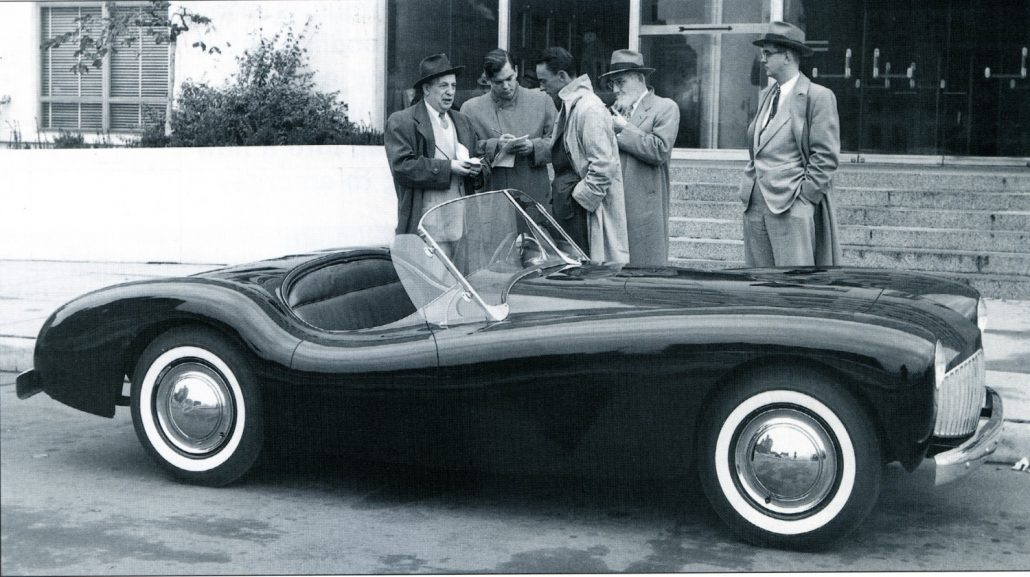


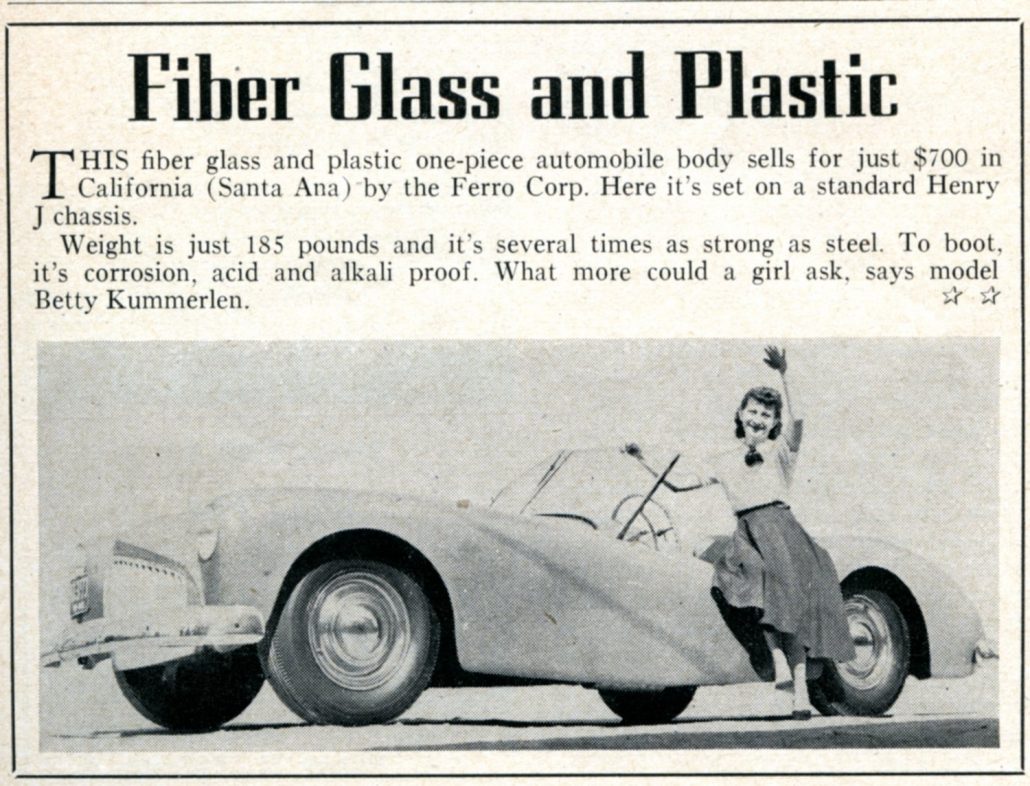
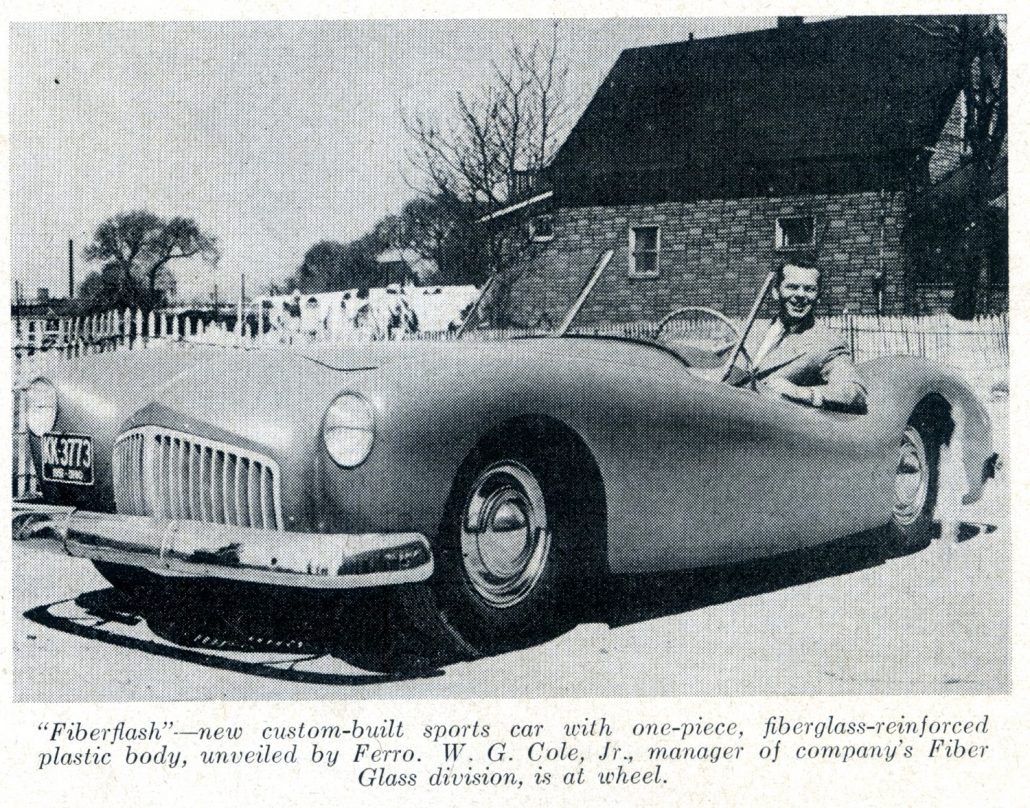
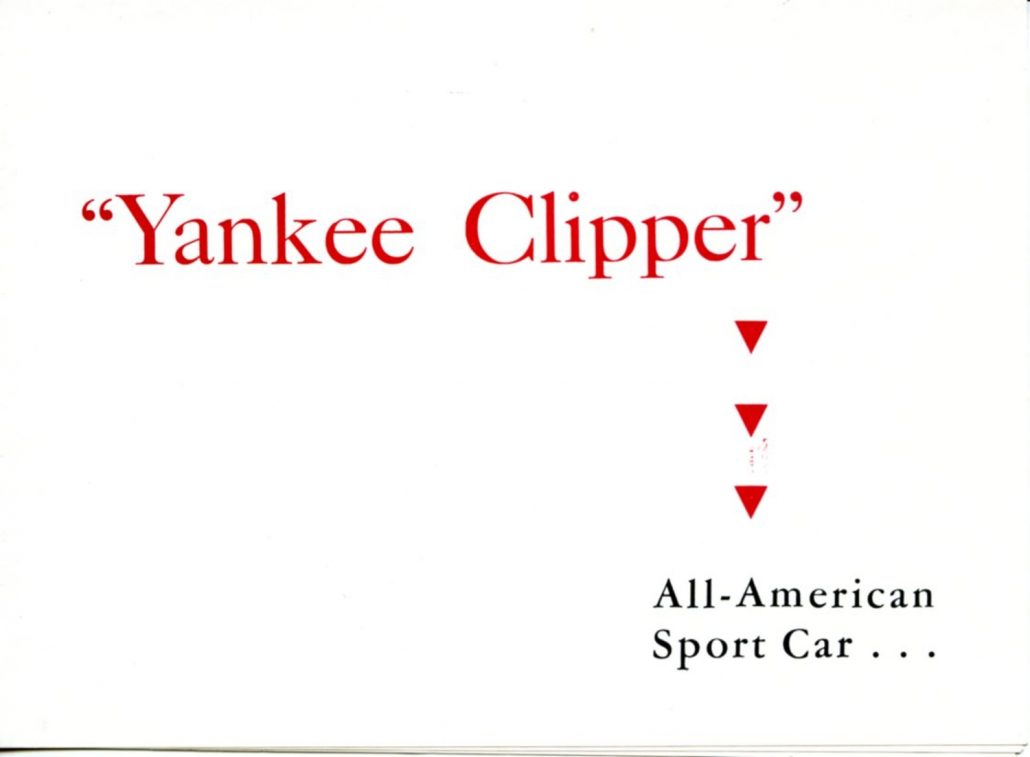
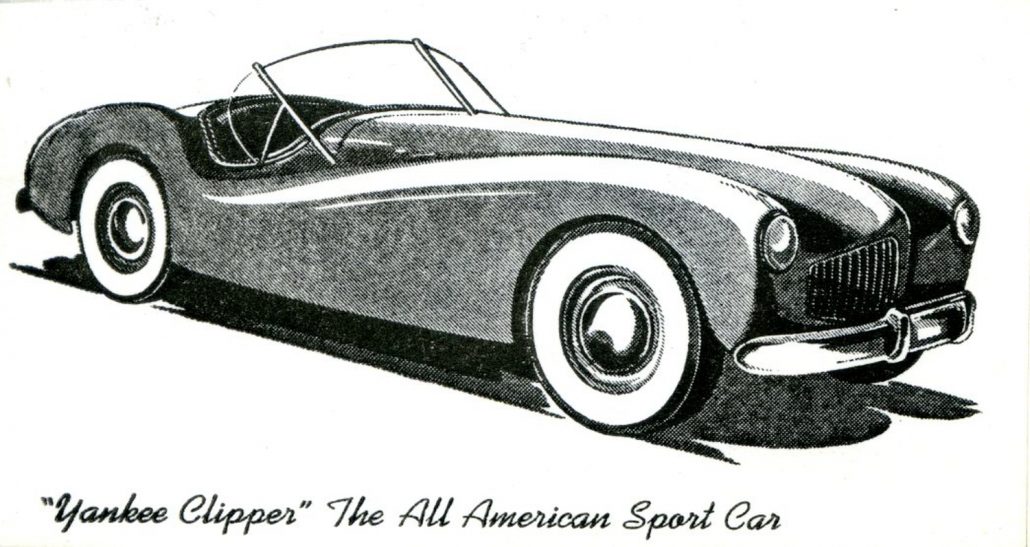
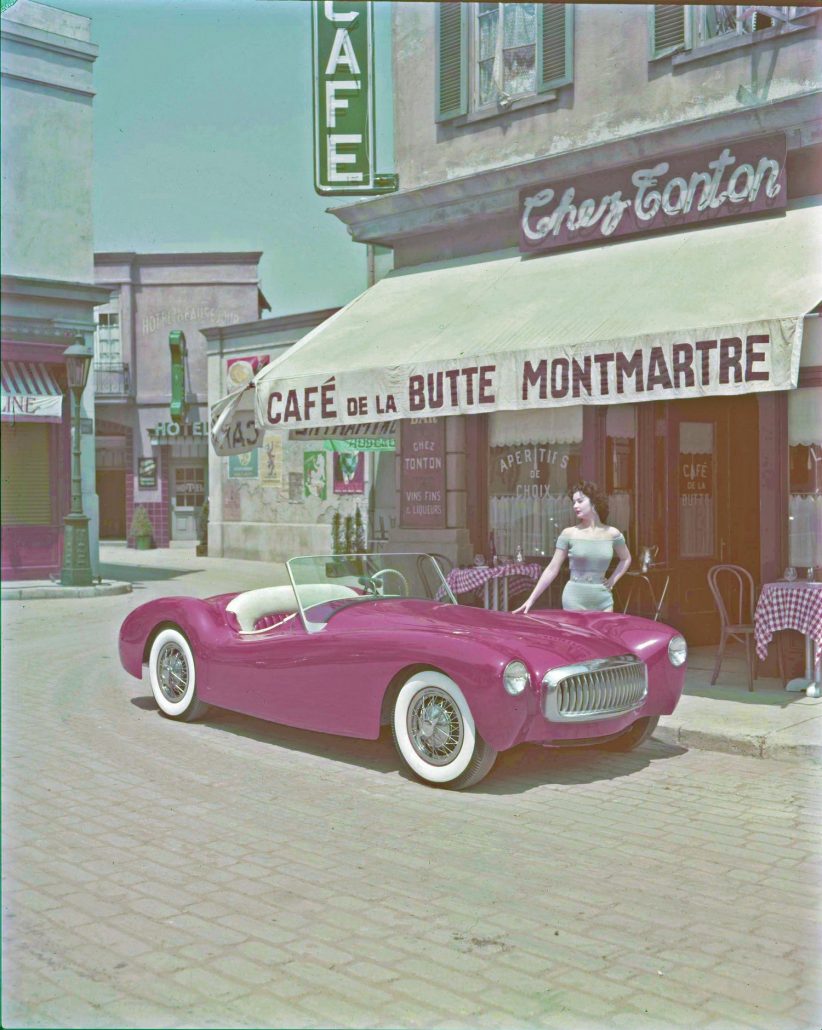
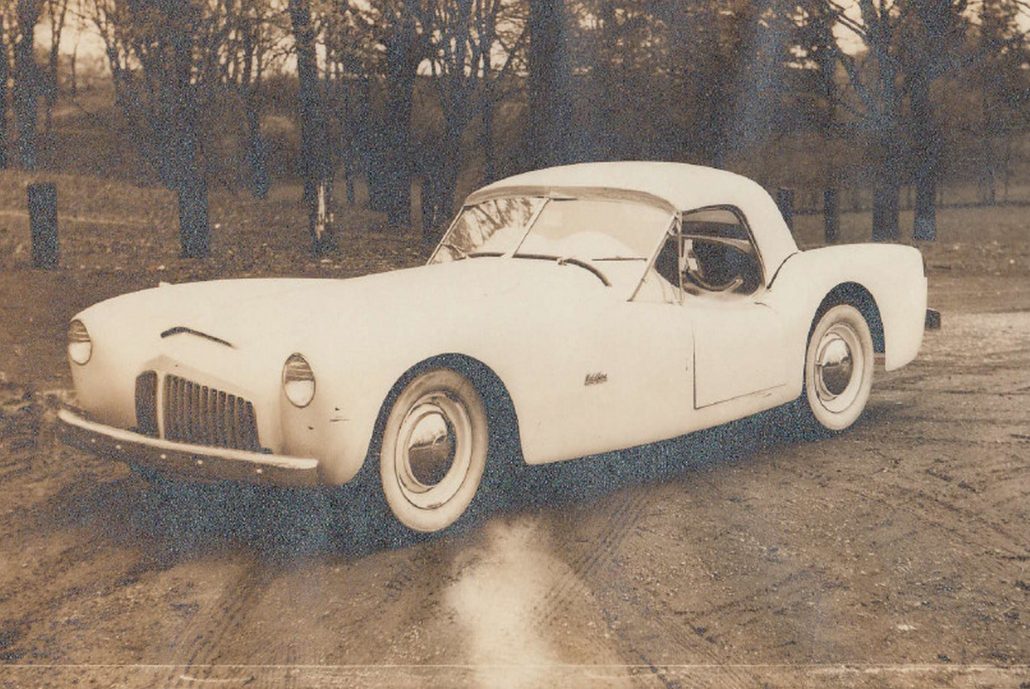
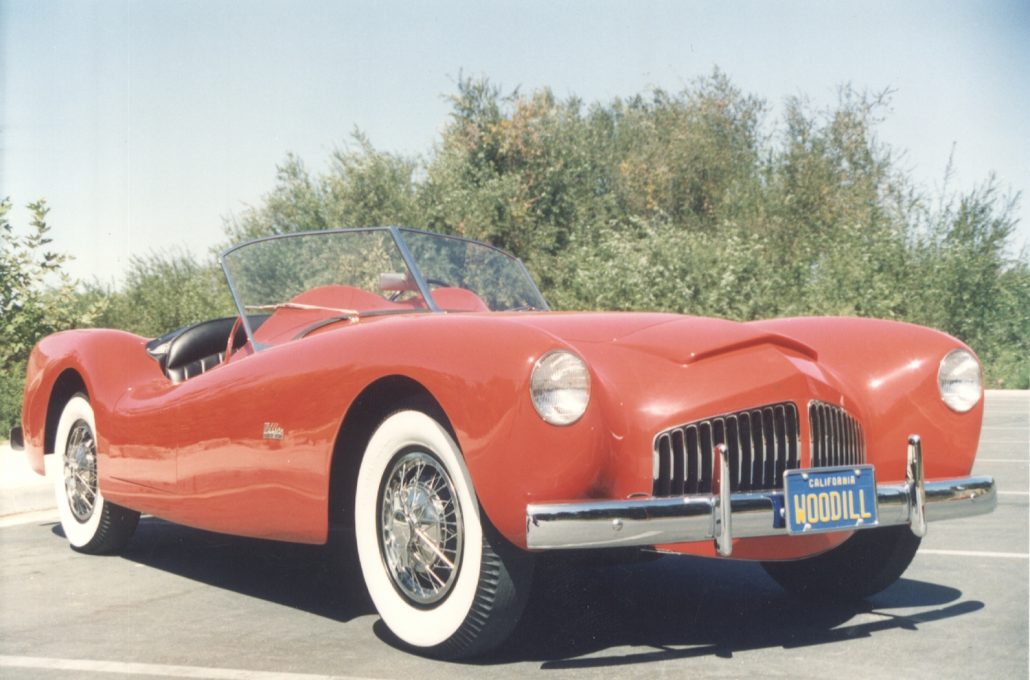

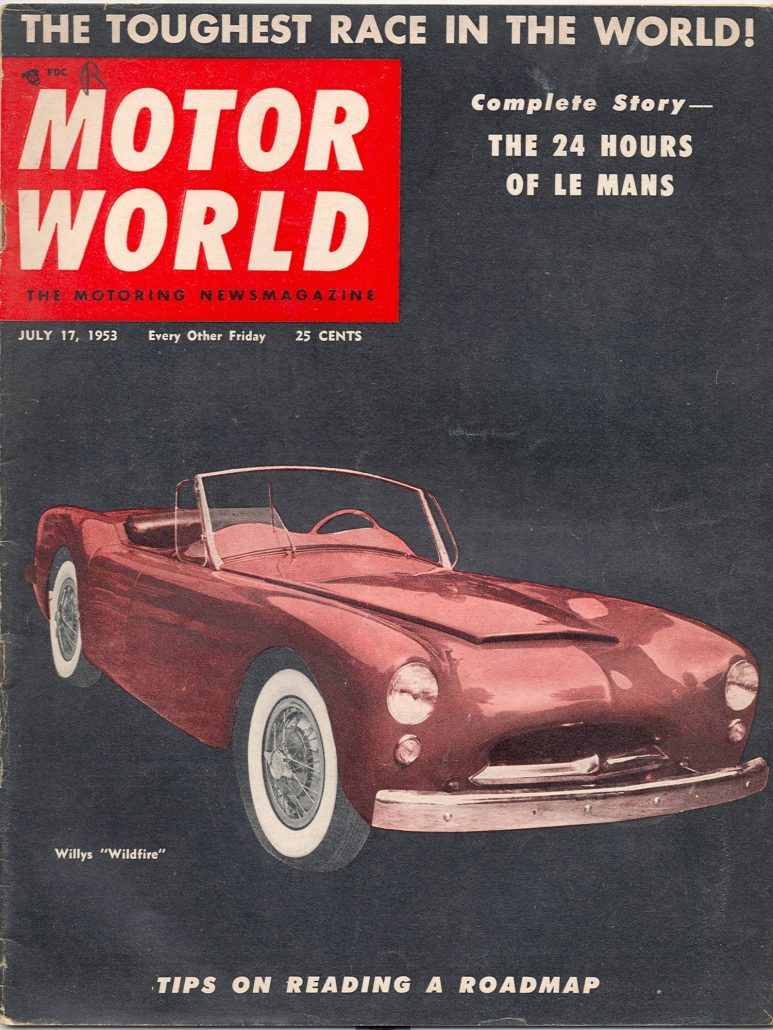
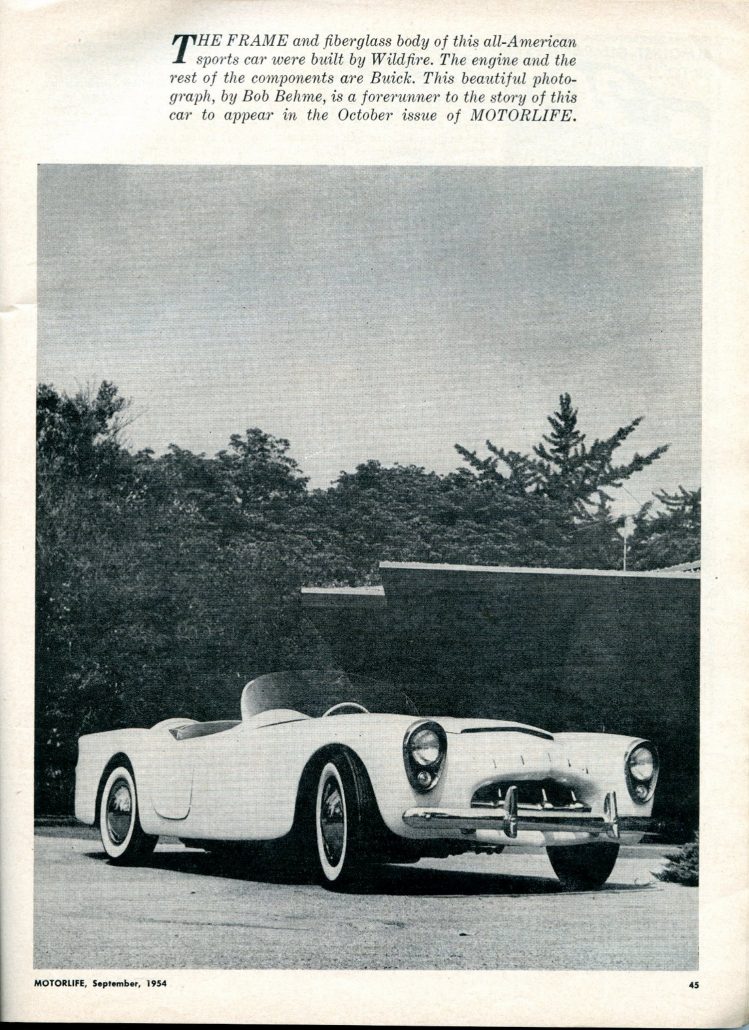
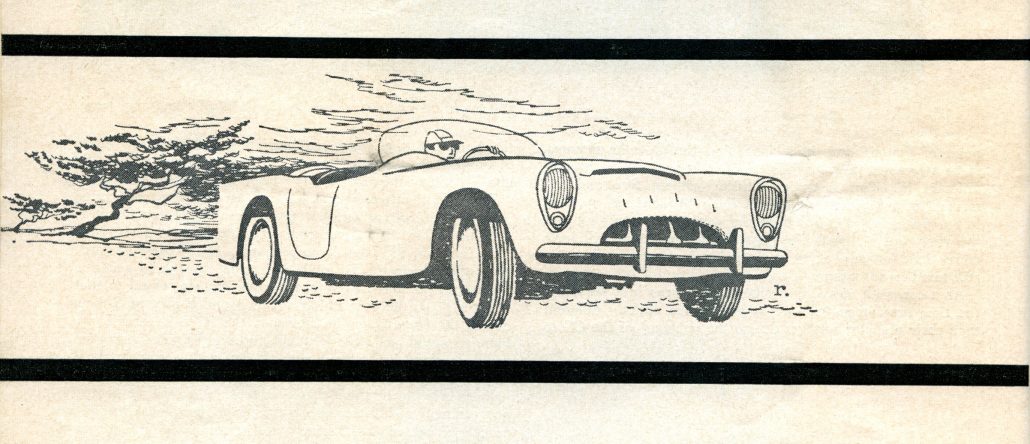
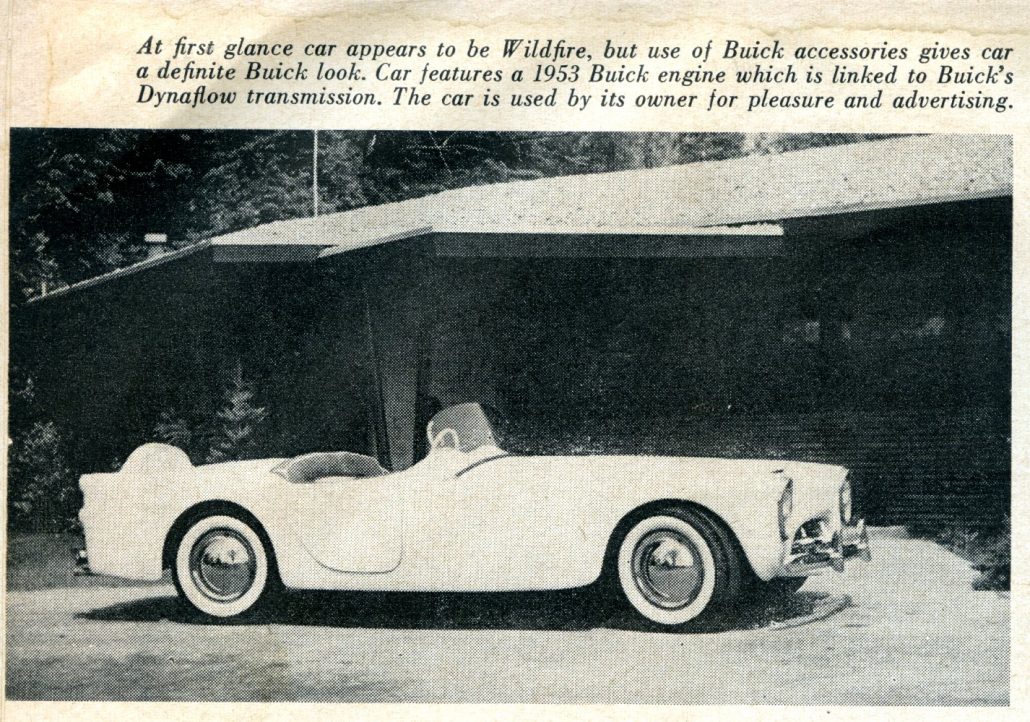
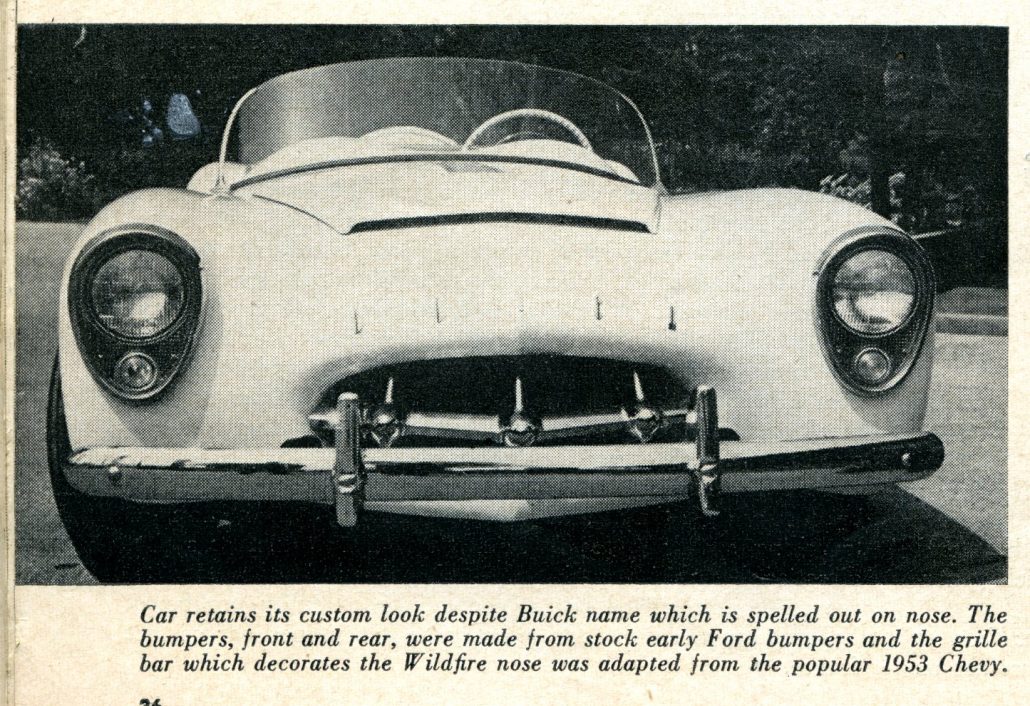
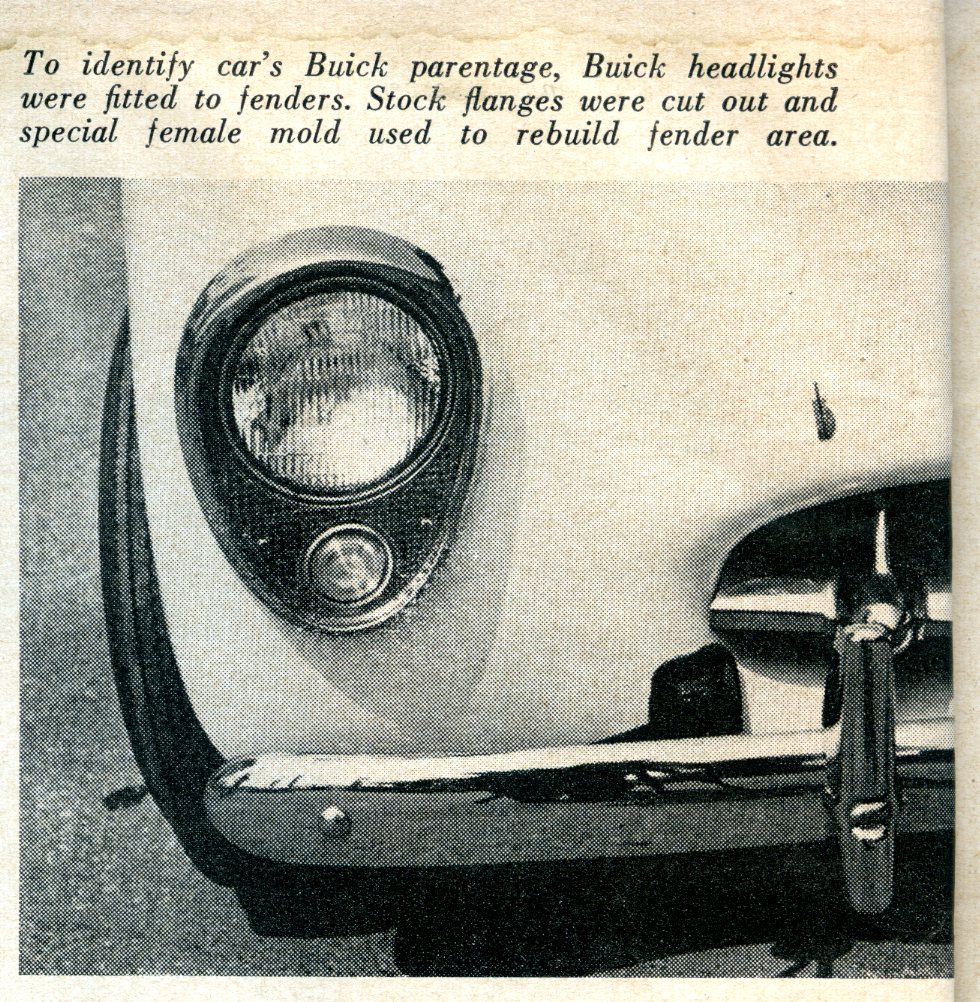
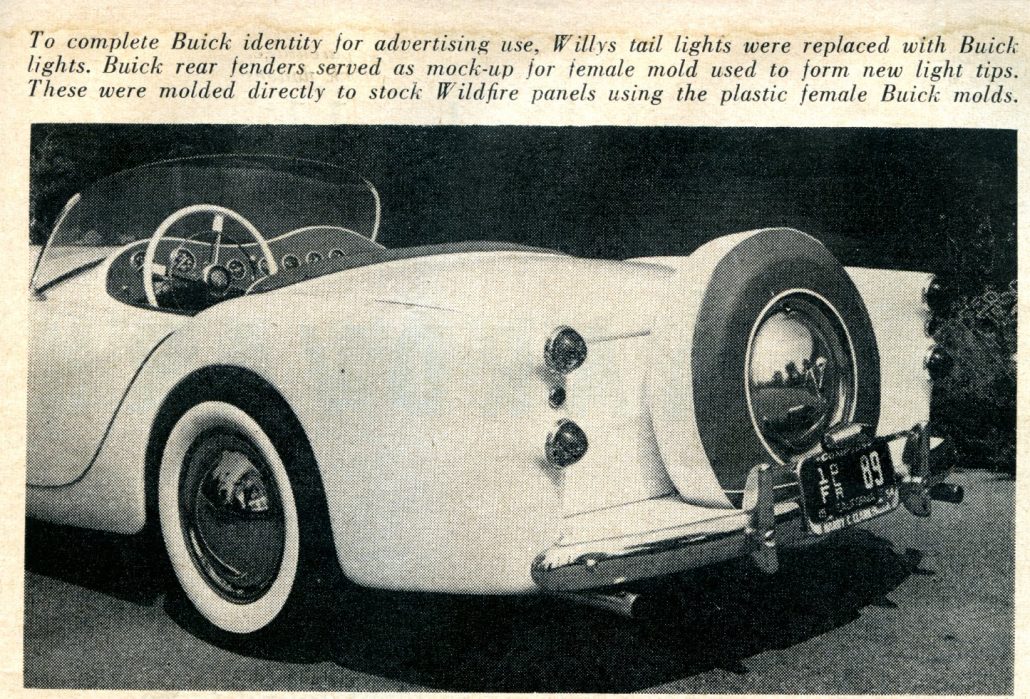
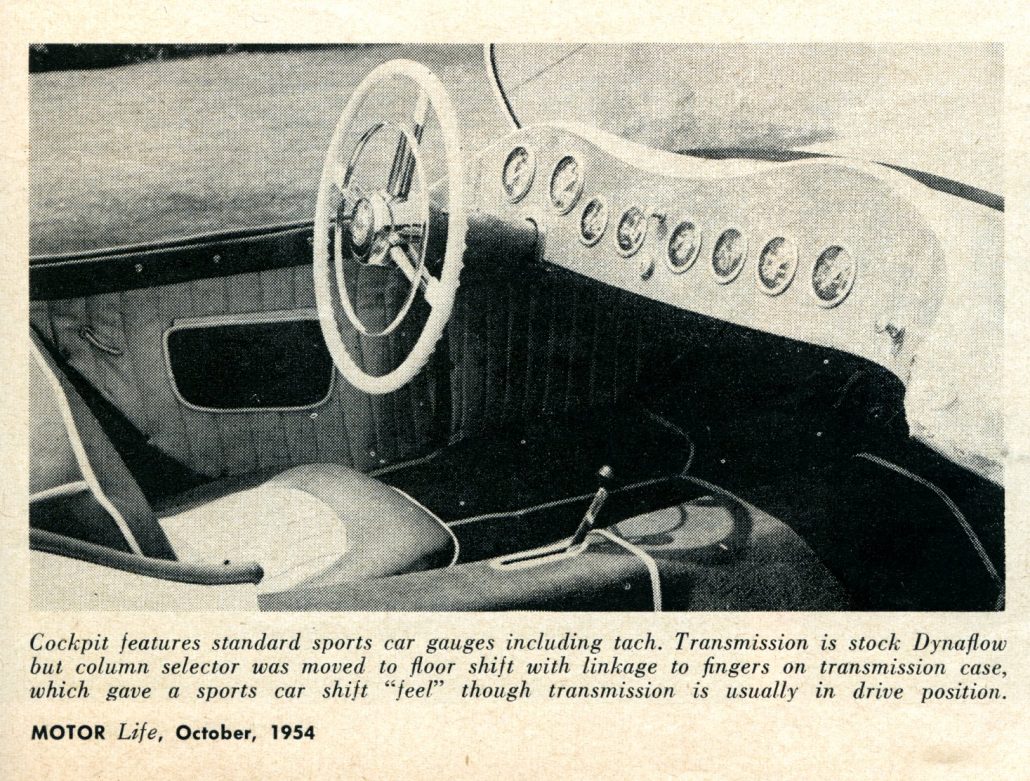
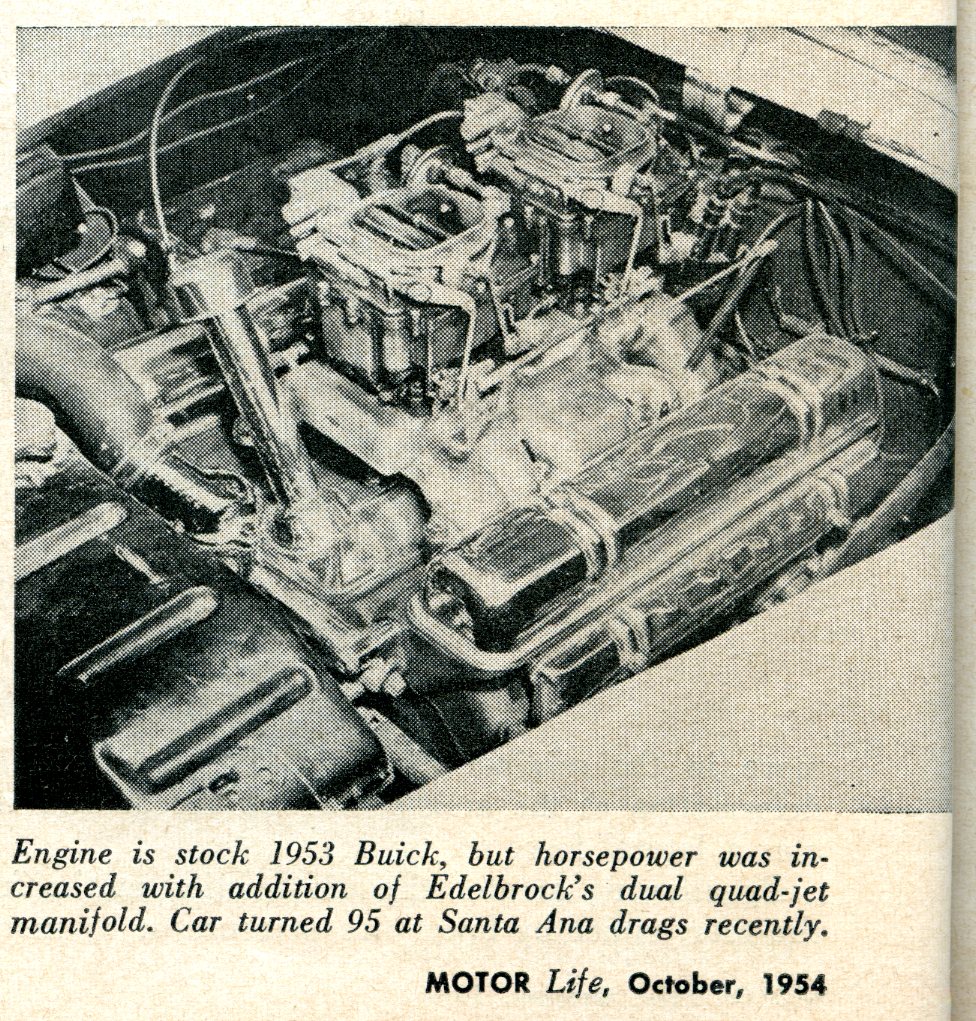
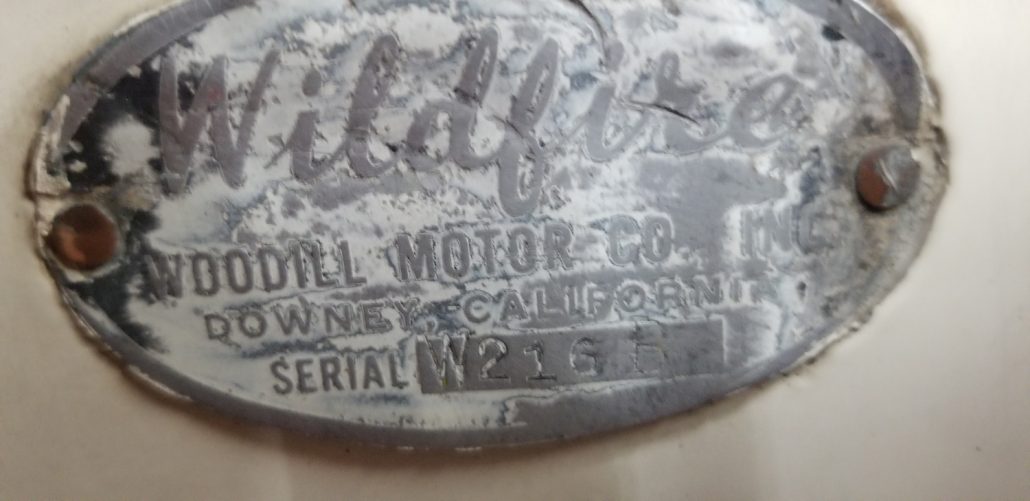
Do you know if there is any interest in a “Brushfire” the kids version of the Wildfire ?
There’s a couple out there Mike. Do you have one? Fun to see some photos. My e-mail is: Geoffrey.Hacker@Gmail.com Best, Geoff (Undiscovered Classics)
Yes I have the original one built by Howard Miller.
i am working on a wildfire and it has the frame and the body is there a frame number and where is it at from being on face book it was build in 1954 and looking for some parts grill head lights and windshield
need the parting lights
Thanks jimmy branham
Great to hear from you Geoff,
I like this article, my Son-in-Law Paul picked up a 66 Buick Coupe. My Dad and Mom have owned several Buicks as I was growing up.
There great cars, I’ve never seen the Fiberglass Sportscar before. Thanks for the history lesson.
Regards, Dennis Gerdes
I always thought that the Glasspar bodies got their inspiration from he beautiful Jaguar XK120 design. I know that the bodies alone were available and had heard that a complete finished car could also be ordered. I had two Glasspar’s, the first with no doors and the second with a drivers door only and a Shorty Post frame. Neither car had drive trains but both came with Windshields grills, and non installed hard tops which were extra cost. All of the Glasspars had the aluminum grills originally and because they were kit cars the builders would choose their own frames, drive trains, upholstery and bumpers etc so no two would be the same. Thanks for the interesting article. I was not aware of the nicely done Buick conversions which must have been done about 1954 judging by the tail lights. I sold my two Glasspars and a Kaiser Darrin to a Darrin collector in the Denver area over thirty years ago so they may still out there somewhere.
If I recall correctly, Compton Buick bought several Wildfire bodies, made the trim mods, built and sold the cars.